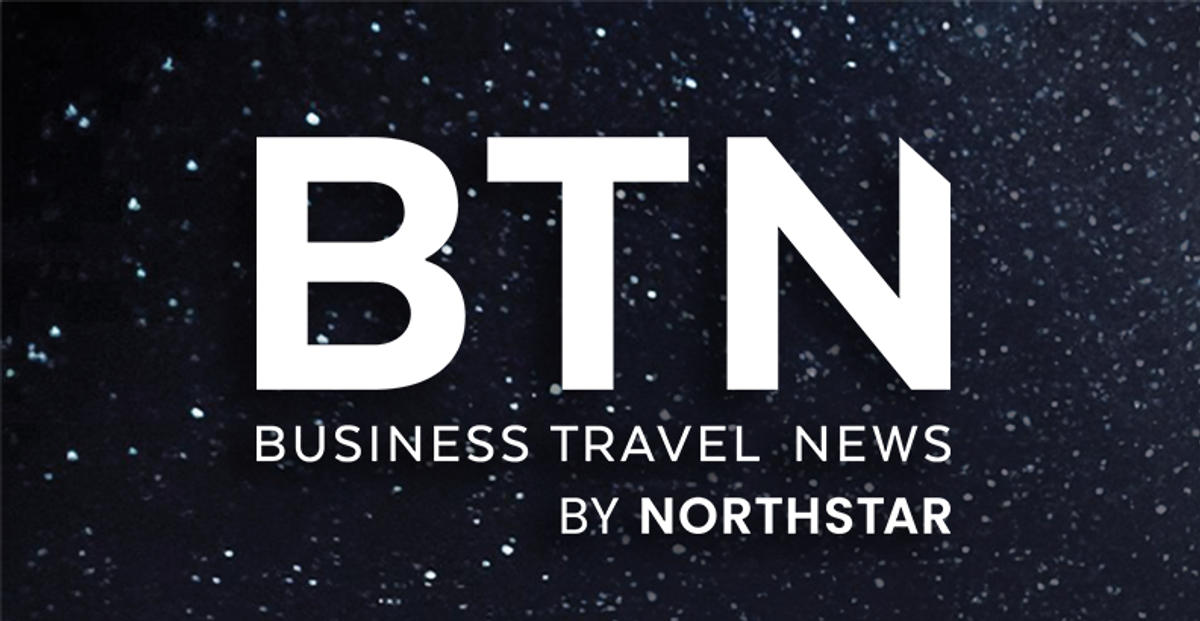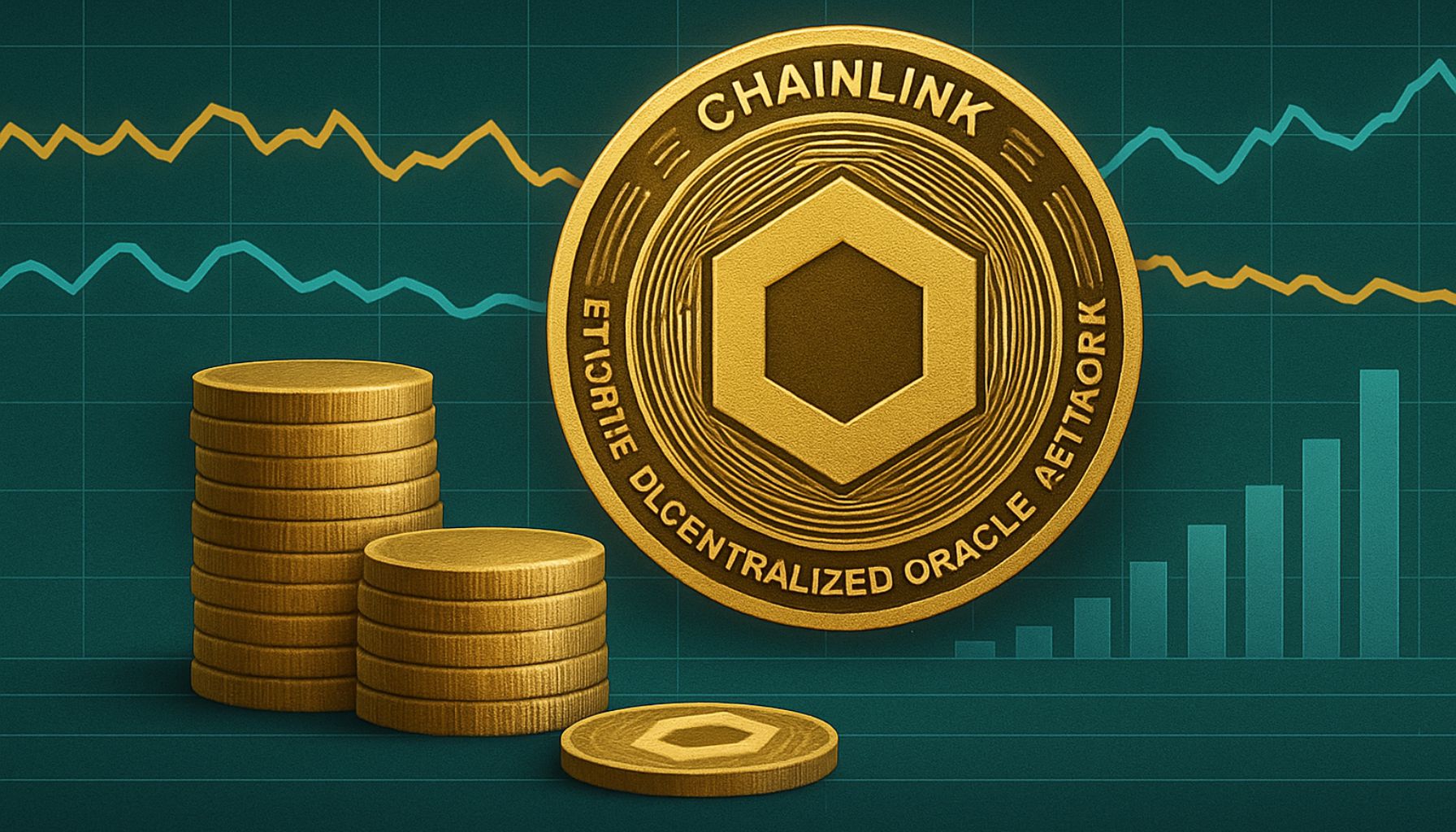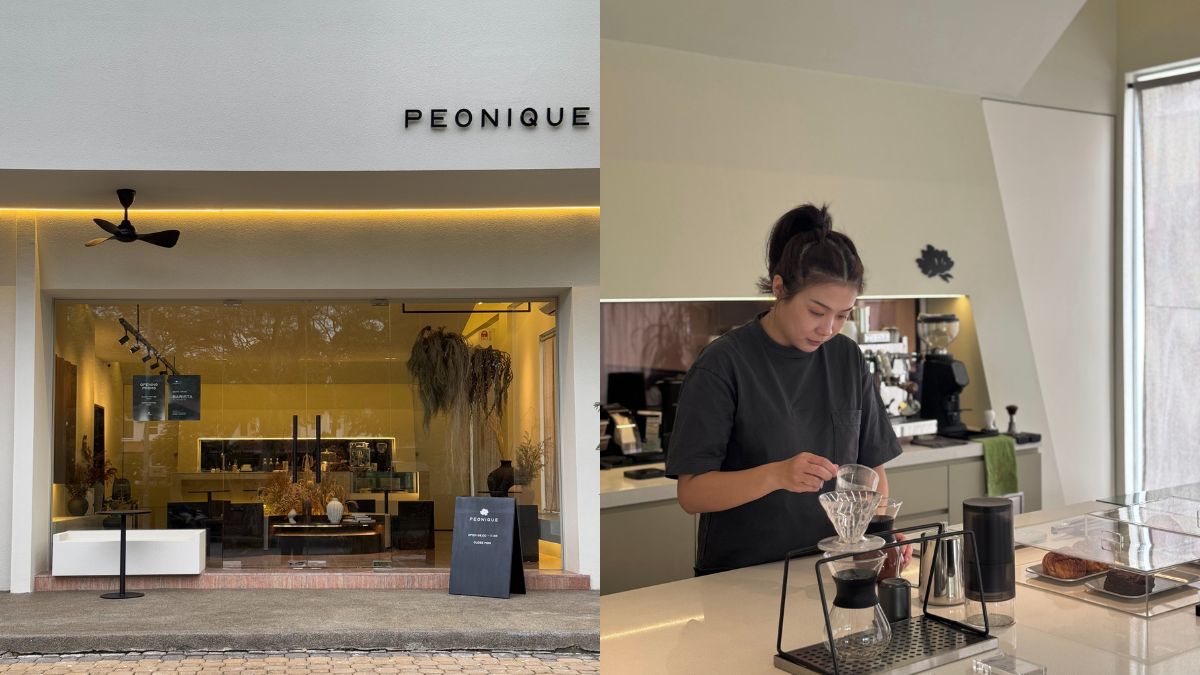Marketing in inflationary times—4 ways for brands to reach frugal consumers
Marketers need smart solutions to satisfy fast-changing customer needs.

With inflation at 40-year highs, sticker-shocked consumers are cutting back on their spending. Gone are the extra nights out and retail therapy splurges. Instead, consumers are shifting their spending to dollar stores, canceling subscriptions and eating less meat.
For brands, this purse-tightening represents a massive shift from the free-spending shoppers of just six months ago. With a more frugal consumer emerging, marketers should also be examining their spending habits with an eye to match their approach to the current moment.
Brand versus performance
When things are looking grim, there’s an understandable urge to move efforts to the lowest-hanging fruit. For many marketers, this means performance advertising. It’s more measurable than brand, drives immediate response and is easier to flip on and off. In fact, in a note this spring, analyst firm MoffetNathanson suggested that an inflationary environment is likely to be more favorable to performance advertising platforms as marketers shift spend to channels that are more “efficient and measurable.”
While it might be the easier move, elevating performance ads in the overall mix might not be the best move. After all, if consumers aren’t buying, focusing an ad strategy around getting them to open their wallets may simply be an exercise in frustration—both for the brand and for its audiences. And because of this dynamic, marketers may have to spend more—possibly much more—to elicit a response.
An approach centered more around brand advertising avoids this kind of tension. Rather than asking for something, marketers can use their advertising as a vehicle to entertain, inform and empathize. It’s a mechanism for building distinctiveness, ensuring top-of-mind positioning for when consumer spending does eventually come back. Dove’s “Courage Is Beautiful” campaign did this particularly well, honoring the medical workers who put themselves in harm’s way helping others as the pandemic hit.
An additional benefit is that in an environment where other marketers are cutting back on brand advertising it becomes less expensive for those that maintain or increase their spend to gain a greater share of voice.
Reading the room
But with consumers in a very different head space than they were at the beginning of the year, the tone, content and strategy behind a company’s brand approach may need to change too.
One obvious tactic is to address the topic of inflation directly. In a recent Mint Mobile campaign, Ryan Reynolds explains the company is “deflating” its prices—rather than increasing them like its competitors—“due to not hating you.” And Amazon has Kathryn Hahn touting its back-to-school deals as a way to get your kids “everything they need but for less of your money.”
While not every brand can cut prices and make an ad about it, what they can do is copy the clever mix of empathy and humor underpinning these spots. It’s a way to acknowledge where consumers are in the current moment, form a connection and maybe brighten their day.
New routines/new customers?
On the face of it, consumers spending less to cope with inflation doesn’t scream marketing opportunity. And it probably isn’t in terms of driving immediate-term results for many businesses.
Yet if you examine the changes people are making, spending less is only part of the story. It’s also about changing established routines: shopping in new stores, forgoing certain luxuries (and sometimes essentials). One consumer profiled in a NY Times story now gases up his car when he hits three quarters of a tank so he never gets sticker shock at the amount he’s paying for gas.
With consumer behavior in flux, marketers might find that people are more open to considering new products and services as part of establishing new routines. The most obvious example has been the surge in shopping at discount stores such as Dollar General—particularly among audiences that haven’t traditionally shopped at dollar stores.
While the takeaway is partly that less expensive does well in this environment, it’s also that now is a particularly ripe time for connecting with new audiences, given that people are more likely to be making changes. Once changed, new routines can be remarkably sticky—witness the new normal of hybrid work environments once people got a taste for remote working during the pandemic.
So, rather than focus on driving near-term response from existing customers, most non-deep discounter brands would do well to prospect in new areas. Aspirational-type brands are particularly suited to this approach—building a broader fan base now might be less pricey than usual while positioning the brand as top-of-mind for when demand comes back.
Be brave
As we’ve seen over the past two years, circumstances and fortunes can change incredibly quickly. So while dialing back marketing efforts or shifting to a more performance-oriented approach might seem like the right play, the fact remains that this current moment doesn’t equal forever. Eventually, the pendulum will shift and consumers will start spending more freely again.

 FrankLin
FrankLin 
































